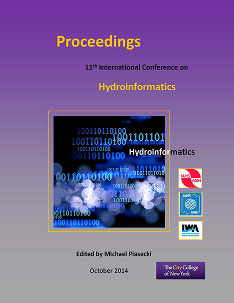Document Type
Presentation
Publication Date
8-1-2014
Abstract
Water companies and utilities in the UK are required to produce Water Resource Management Plans (WRMPs) every five years that outline their future strategies for maintaining a secure water supply to meet anticipated demand levels. Regulatory frameworks differ around the world but in most countries similar plans are developed under the auspices of Integrated Water Resources Management (IWRM) programmes. The plans justify new demand management and water supply infrastructure needed and validate management decisions. One of the greatest problems now facing decision makers in the water industry are the increasing uncertainties in the variables used in estimating the supply and demand balance due to increased levels of climate change. WRMPs in the future will need to deliver plans that can adapt water systems to face a widening variation of possible future states; with increased consideration to uncertain water availability, resource deterioration and demand levels. This paper reviews several established decision making methods and analyses their performance and suitability within an IWRM problem. The methods include Info-Gap decision theory, Robust Optimisation, Minimax Regret, Laplace theory and Maximin theory. These methods have been designed to aid decision making under severe uncertainty but differences exist in their approach and attitude to risk. For example, the Info-Gap methodology offers solutions that provide robustness of sufficing over a wide range of uncertainty, but is highly dependent on initial parameter settings. Robust Optimisation concentrates on optimising for robustness over a set of objective functions instead of satisfying a set of constraints. Laplace, Maximin and Minimax Regret are all classical decision methods that implicitly reflect a particular attitude to risk when dealing with severe uncertainty. These methods were applied to a case study resembling the Sussex North region in England, assessing their applicability at improving the IWRM problem and highlighting the strengths and weaknesses of each method.



Comments
Session R44, Risk and Uncertainty in Decision Making and Assessment